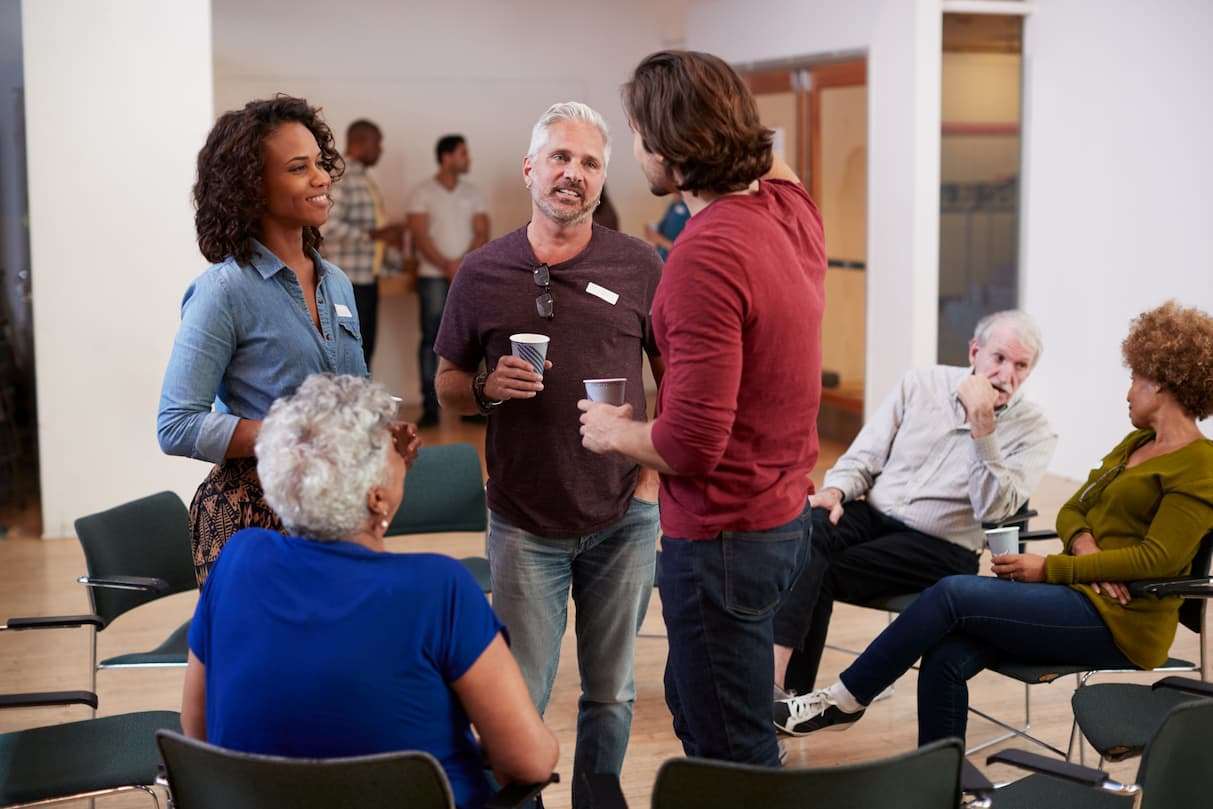Those democratic principles will also enable the members of a particular Oxford House to take pride in their new found responsibility. Today Oxford House has more than https://justura.lt/treatment-for-alcohol-problems-finding-and-getting-7/ 20,000 residents at more than 3,500 homes across 47 states and several foreign countries. A long-running study by Chicago’s DePaul University shows that people completing one year of residency maintain a sobriety rate as high as 80 percent. Generally an individual comes into an Oxford House following a 28-day rehabilitation program or at least a 5 to 10 day detoxification program.

Adult Substance Use Recovery Residences
It has been formed as a non-profit corporation and will continue to operate as one both according to the letter and spirit of the law. In deference to that tradition, Oxford House has never sought nor obtained sponsorship from any AA or Halfway house NA group. However, Oxford House members firmly believe that the Oxford House concept can expand as an independent entity, while fully utilizing the benefits of Alcoholics Anonymous and/or Narcotics Anonymous.
Oxford House Forms
- This approach is based on the understanding that men and women face different challenges in recovery, and a gender-specific setting fosters stronger connections among residents.
- This self-governance enhances recovery outcomes by providing a stable living situation and promoting healthy resident relationships.
- An Oxford House is a unique recovery home designed for individuals recovering from alcohol and drug addiction, focusing on self-governance and mutual support among residents.
In its simplest form, an Oxford House describes a democratically run, self-supporting and drug free home. Additionally, having 8 to 15 members helps maintain a balance in house responsibilities, ensuring that tasks such as financial management and house chores are distributed fairly among residents. This structure not only promotes accountability but also enhances the overall stability of the living environment, contributing to oxford sober living a successful recovery experience.
Medical Detox: Symptoms Treated And Therapies Provided
Any recovering alcoholic or drug addict can apply to get into any Oxford House by filling out an application and being interviewed by the existing members of the House. The application is then considered by the membership of the House and if 80% of the members approve, the applicant is accepted and moves in. If an applicant does not get voted into one house they should try another house in the area. The integration of AA meetings within Oxford Houses provides residents with additional resources and community support, reinforcing their commitment to sobriety and fostering a sense of belonging. Staying for six months or more correlated with reduced substance use (15.6% usage prevalence) and better outcomes in employment and self-efficacy.
Drug and alcohol free
- They called their experiment in group living and joint sobriety Oxford House.
- The situation should be avoided whereby certain individuals will begin to equate their persuasive qualities with the Oxford House concept.
- The Oxford House Model is shared, studied, and growing because it works.
- Fortunately, the 1988 Amendments to the Federal Fair Housing Act prohibit discrimination against handicapped individuals.
- He was also an alcoholic whose drinking would eventually cost him his job, his family and his home.
Key findings include 63% of residents involved in mentoring others in recovery, 44% running support groups, and 56% involved in educating the community about Oxford House. At any given time there are about 2,000 Oxford House residents who have served in the military. During the course of a year more than 4,000 veterans will live in an Oxford House. Some houses are all veterans but primarily veterans are integrated into the normal Oxford House population.

New Jersey Addiction Statistics
- Each Oxford House member, as an individual, considers himself a member of AA and/or NA.
- Staying for six months or more correlated with reduced substance use (15.6% usage prevalence) and better outcomes in employment and self-efficacy.
- These typically include maintaining sobriety, actively participating in house meetings, and fulfilling household responsibilities.
Each member has an equal voice in the group and each has an opportunity to relearn responsibility and to accept decisions once they are made. Instead of being left to their own fates, Mr. Molloy and other residents decided to take over the house themselves, paying the expenses and utilities, cooking the meals and keeping watch over one another’s path to recovery. For a couple of months in 1975, he found himself living on the streets and begging strangers for money before he entered a rehabilitation program. He moved to a county-run halfway house in Silver Spring, MD, to recover but soon learned that the facility was about to close.
